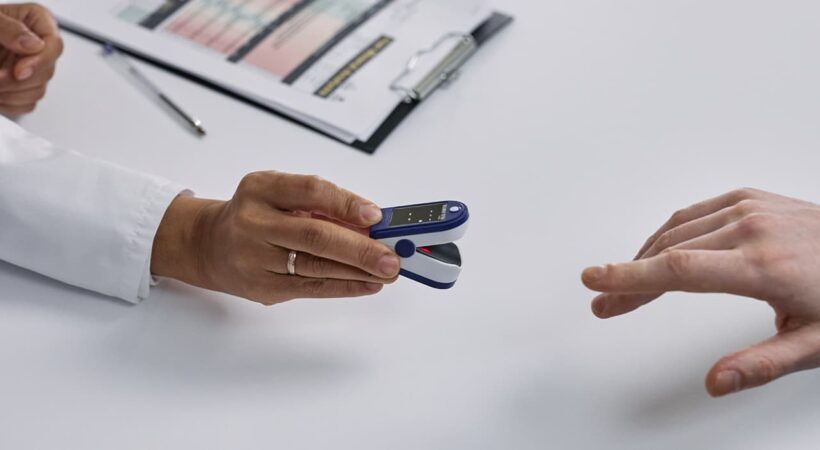Health care is one of the most significant expenditures of national budgets. But which countries value patient health the most, and where do medical systems work most effectively?
Ireland
In short: Ireland has more nurses per capita than other high-income countries, but the rest of the health care system is average.
How it works: A visit to a general practitioner in Ireland usually costs between 40 and 60 euros. Low-income people can see a general practitioner for free. And in 2015, the Irish government waived fees for children under the age of 6.
Medical cards also cover the cost of medicines. However, a “tax” of 2.5 euros is charged for each prescription item (up to a maximum of 25 euros per month per person/family). If the cost of medication exceeds €144 per month, the patient pays the difference himself/herself.
For calling an ambulance the patient is charged 100 euros. But if the patient is immediately put in the hospital, the patient does not pay for the ambulance, but has to pay for the days in the hospital – 75 euros per night in the state hospital (maximum – 750 euros per year).
According to data of last September, 46% of the population bought VHI policies, which allow them to choose whether to be treated in public or private clinics.
Sweden
In short: Sweden ranks third in the Commonwealth Fund’s international comparison reports for the number of doctors per capita, above-average health-care spending, and relatively low prescriptions.
How it works: The cost per visit to a physician varies in this country from 10 to 18 euros, depending on the region. Treatments for children are paid only in case of an ambulance call (about 12 euros). A visit to a narrow specialist costs 40 euros, the same amount for first aid. A day in the hospital costs 10 euros: you can choose a private or public clinic – there is no difference in price.
The maximum price for medical care for a year is 110 euros. Prescriptions for the purchase of medicines are also subsidized, but patients pay a maximum of 220 euros per year out of their pockets, anything higher is reimbursed.
If the general practitioner sends the patient for consultation to the narrow specialist, the patient has to pay the minimum fee in the sum of 10 euros (but not more than 1000 euros a year, if this doctor is visited on a regular basis).
Approximately 600 thousand Swedes have VHI policies, which are usually covered by the employer. This type of insurance allows you to see a doctor, have procedures or have an operation without waiting in line.
Spain
In short: Spain has relatively many doctors per capita, but few nurses. However, the amount of money that is spent on health care has begun to fall since the country’s crisis began.
How it works: In Spain, medicine is free. And both for residents, legal and illegal, as well as for tourists. However, since 2012, undocumented foreigners are accepted only in emergencies. About 90% of Spaniards use free medicine, about 18% attend specialists in private clinics. Consultation of dentists and opticians is mostly possible only for money.
Quality and availability of medical services in the country vary depending on the region. In this regard, domestic medical tourism is developing in Spain: 9 out of 10 best hospitals are located either in Madrid or Barcelona. In some areas, such as Catalonia, lower health care costs have led to long waiting lists at medical facilities and a forced choice of private medicine.
Italy
Distinguishing features: Many doctors per capita, high number of prescriptions.
How it works: Italy’s Servizio Sanitario Nazionale offers everyone universal free insurance, or low-cost insurance that covers most prescription medications.
According to reports of independent experts, medicine in Italy is accessible and of sufficiently high quality, although in some regions the situation with health care is worse (in particular, in the south of the country). Italian citizens can also buy a VHI policy, which avoids waiting lists.
The national insurance system applies to all EU citizens and covers both standard procedures and tests, medicines, surgeries, ambulance service, pediatrics, and family doctor consultations. According to the Italian Ministry of Health, the list of drugs covered by insurance is the most comprehensive in Europe: only people with non-serious illnesses have to pay for the medicines themselves. Italy is also the only country in Europe where families can choose a pediatrician for children under 14 years old for free.
